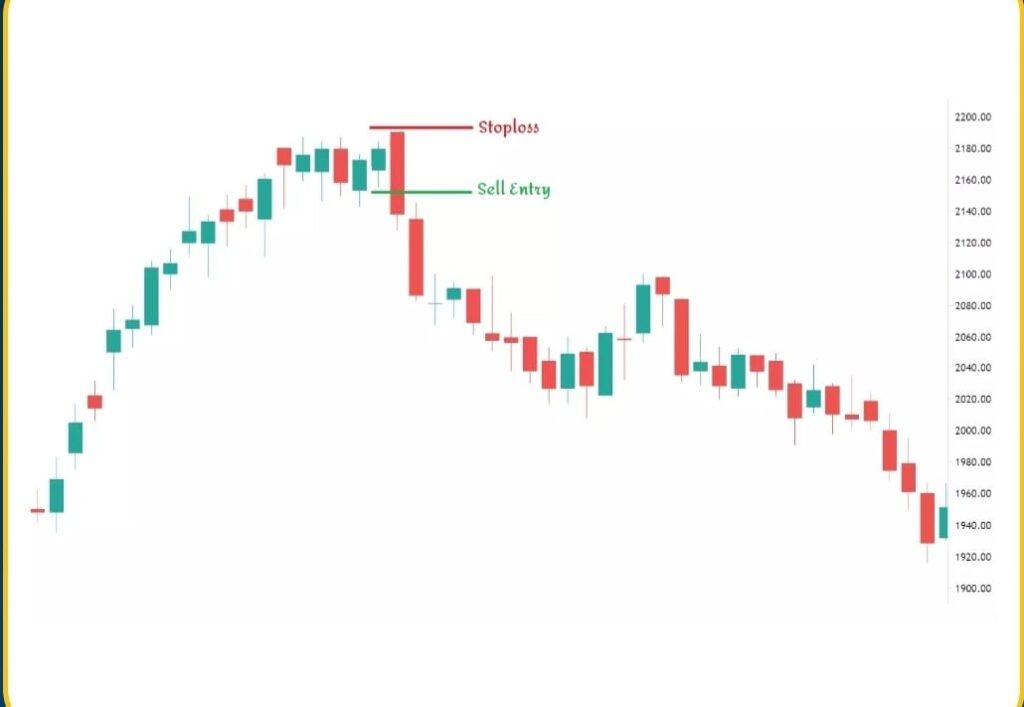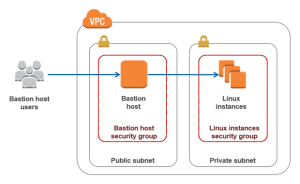
The bearish engulfing pattern is a two-candlestick pattern that signals a potential bearish reversal in a financial market. It occurs during an uptrend and is characterized by the first candle, which is a smaller bullish (green) candle, being completely engulfed by the second candle, which is a larger bearish (red) candle.
The bearish engulfing pattern suggests a shift in market sentiment from bullish to bearish. The first candle represents buying pressure, indicating that bulls have control. However, the second candle opens higher than the previous close and then sells off strongly to close below the low of the first candle, completely engulfing it. This indicates that bears have stepped in, overpowering the bulls and potentially leading to a reversal in the uptrend.
Traders consider the bearish engulfing pattern as a signal to enter short positions or to close out existing long positions. However, it is important to confirm the pattern with other technical indicators or market analysis to increase the probability of a successful trade.

Here are some important points to understand about the bearish engulfing pattern:
- The bearish engulfing pattern occurs during an uptrend and signals a potential bearish reversal.
- It consists of two candles: a smaller bullish candle followed by a larger bearish candle that completely engulfs the previous candle.
- The pattern suggests that buying pressure has weakened, and selling pressure has gained strength, potentially leading to a reversal in the uptrend.
- Traders often use the bearish engulfing pattern as a signal to enter short positions or close out existing long positions.
- Confirmation from other indicators or analysis is recommended before making trading decisions based solely on the bearish engulfing pattern.
- Traders may consider placing stop-loss orders above the high of the engulfing candle to manage risk in case the pattern fails.
Remember, like any technical analysis tool, the bearish engulfing pattern should be used in conjunction with other forms of analysis to make informed trading decisions.





